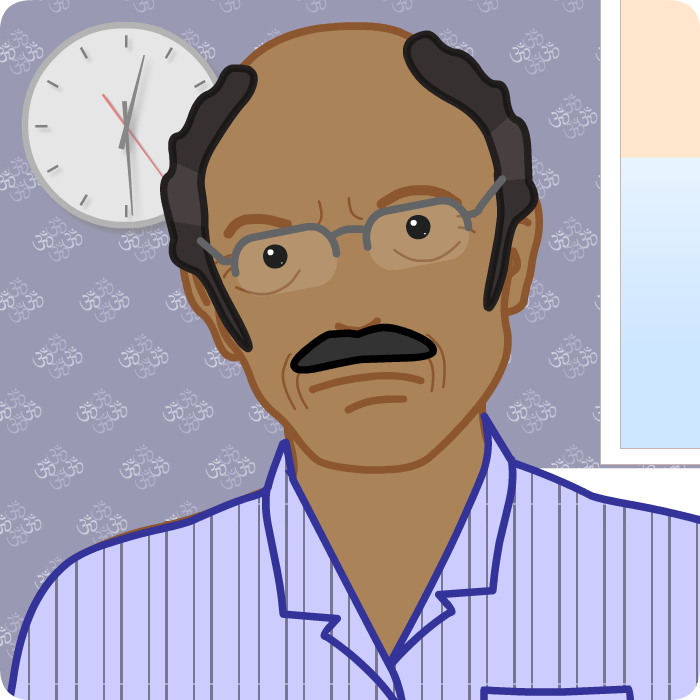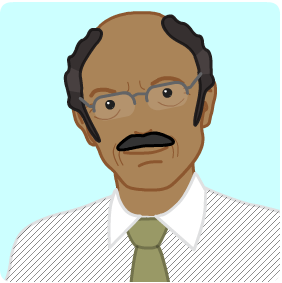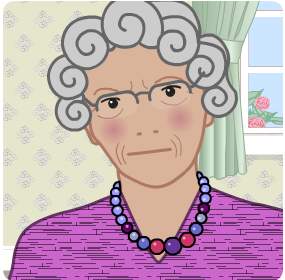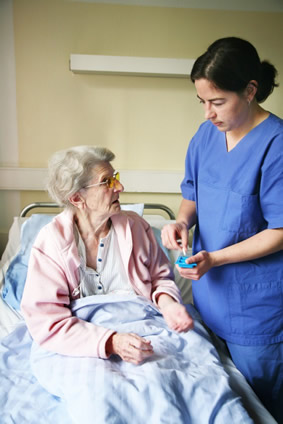On assessment main findings were:
- Abnormal muscle tone
- Left sided weakness
- Sensory loss
- Left visual deficits
- Hemiplegic shoulder pain
- Compensations
Mr McTavish’s completed physiotherapy assessment findings form (PDF)
It is noted that patients like Mr McTavish may have other complications following stroke, not just physical. More information on other issues following stroke can be found in other advancing modules.
Glossary [PDF, 11KB]. It is suggested that you print this off for reference as you work through the above assessment findings
(Examples of blank full physical assessment forms that you can download and print: Physical Assessment Form [PDF]).
Overall Management Plan for Mr McTavish:
- Ongoing assessment and physical management
- Collaborative approach between the patient, their family and the MDT to be used
- Identification of appropriate goals. For more information on goal setting visit AM 7: Physical Rehabilitation
- Use base of support (BOS) and handling strategies to normalise tone
- Provide appropriate tactile sensory feedback
- Appropriate positioning to allow stimulation to either side
- Make frequent adjustments to posture/position to maintain comfort
- Ensure freedom of shoulder girdle/scapular mobility by passive movements of shoulder complex within anatomical range
- Minimise overuse of right side by creating adequate base of support (BOS), good seating/cushion choices and making appropriate functional demands (e.g. transfers using right side) for the stage of his recovery.
- Challenge orientation to the midline by encouraging dynamic weight shift
- Use appropriate equipment to assist transfers








